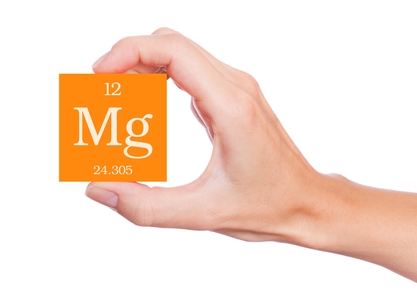Dr Beth’s Recommendations for Food Therapy
Your body needs good nutrition in order to heal itself. You can’t expect to heal on a diet of drive-thru menu foods and microwaved instant meals. Your bones, muscles, tendons, and skin are designed to repair themselves using building blocks derived from natural sources. Take time to read the labels on your grocery items before you ingest them. Take note of the preservatives and food additives. If you don’t understand it, your body probably won’t be able to use it as a building block to regenerate new tissues. In order to benefit the most from your acupuncture treatment, you will need to fortify your body with high quality foods. Dr. Beth recommends an anti-inflammatory diet, rich in colorful fruits and vegetables.
Root Vegetables
Root vegetables are plants that are dug up from the earth, and as such are considered to be excellent sources of nutrients and trace minerals. Consider the importance of iodine, a trace mineral whose deficiency is so common that we use iodized salt. The lack of boron, another trace mineral, is linked to autoimmune diseases such as rheumatoid arthritis. Onions, garlic and leeks are excellent sources of sulfur compounds that are natural anti-inflammatory, anti-biotic, and pro-healing. Beets are nature’s super-food. They contain plenty of folic acid, iron, magnesium and phosphorus, AND they will help you excrete toxins from your body. Other great root vegetables are sweet potatoes, radishes and carrots. One of Dr. Beth’s favorite roots is the antioxidant rich, Chinese cure-all, ginger root.
Magnesium-Rich Foods
Magnesium is a vital nutrient. Symptoms of magnesium deficiency include anxiety, heart palpitations, insomnia, muscle cramps and spasms. Cocoa powder is a very magnesium-rich food. Cravings for chocolate can actually indicate a magnesium deficiency. Try adding a spoonful of cocoa powder (with a natural sweetener like honey) to make oatmeal taste like Cocoa Puffs. Many nuts, such as almonds, Brazil nuts, cashews and pine nuts are great sources of magnesium.Pumpkin seeds, squash seeds, flax seeds and sunflower seeds can also give your body the magnesium it needs.
If you feel the need to supplement with magnesium, do it through the skin. You can buy magnesium oil sprays for this, but try a natural magnesium rich muscle soak: 2 cups of Epsom salt in a bath of warm water. It takes about 12 minutes for your body to open its pores to absorb the nutrients. A 15 minute bath is recommended 2 or 3 times a week.
Colorful Fruits & Vegetables
Green veggies, such as broccoli, kale and spinach, are great choices for their antioxidant properties. Orange veggies, like sweet potatoes, carrots, and pumpkin are rich in beta-carotene. Red veggies, like tomatoes and red peppers are a source of lycopene. It is important to use tomatoes fresh to prevent acids from forming. When shopping for vegetables, make sure to include a variety of colors, flavors and textures. This will ensure that your body gets the full spectrum of nutrients it needs.
Fruits to include in your healing diet are fresh berries. Blueberries, raspberries and strawberries are all excellent choices. Pineapples, papayas and cherries are also known for their anti-inflammatory properties. An apple a day is still a good natural health practice. Just be sure you aren’t eating the GMO apples or getting your daily dose of apples from a McDonald’s hot apple pie.

